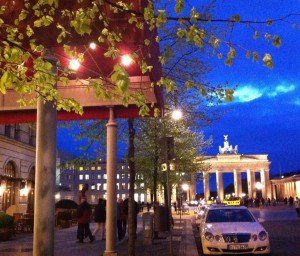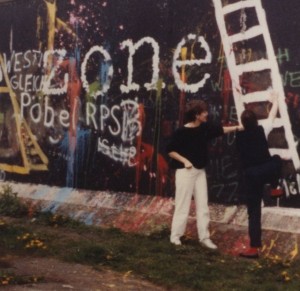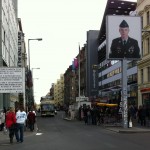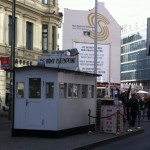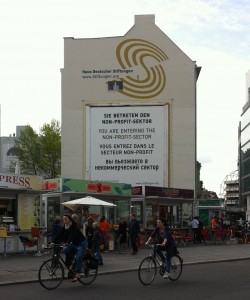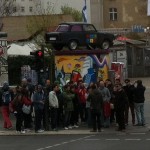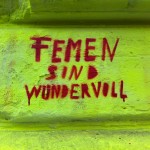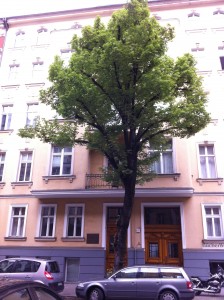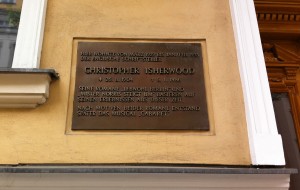What a strange and fascinating place it is. I last went to Berlin in about1983 for a conference in West Berlin about European Nuclear Disarmament. We talked about Greenham Common. We walked about in the city. We visited the Wall.
Then we had a free day, a day-off from the conference, and we went to East Berlin. It felt so radical and brave, my first visit to a communist country. But because we had conference papers with us we were stopped at the checkpoint and asked many questions and had our papers taken away and were required to sign a document – all in German, my O level had not prepared me for this – before we could leave. But a good lesson for a defence lawyer – you will sign anything even if you don’t understand it, to get out of custody. And all I wanted to say was – but we’re on your side!
But now, at leisure, relaxed, what you see in the city everywhere are memorials to war – WWI, WWII and the Cold War. The fact of the new buildings, the still empty bomb sites, Checkpoint Charlie, the endless stream of tourist buses (we went on one), the statues of men on horses, all come back to the conflicts this city has seen.
There was the moving and unsettling Memorial to the Murdered Jews of Europe, there was the site of the burning of the books. There were the memorials to the gays and lesbians murdered by the Nazis and there was the memorial to the Roma who also died.
There were pieces of the Wall and there were jokes about Trabant cars – sometimes together.
But then there were little pockets of otherness. On Saturday morning we walked around in the north of the Mitte district (in the old East section) and saw crumbling old buildings that had been converted into artist studios, or restaurants, or small concert arenas. And interesting graffiti.
We hadn’t had breakfast. Then we found a a small arty cafe, Cafe Bravo, in a courtyard in an unassuming street. As we dived into freshly cooked pancakes and maple syrup with strawberries and apple, our waitress told us that she was from West Germany and although there was unification there was still a strong sense of what was West and what was East. And she preferred the East because things were happening here, art, film, music. The West was just about money.
And then there was Isherwood’s Neighbourhood walk. We hadn’t organised this but a couple of texts were sent and received and we had a date for the next day. Isherwood lived in the south of the city, away from the main tourist drag, and the walk took us to all the places he would have known and visited. When you have loved Cabaret for as long as I have – a student of mine from 1972 remembers me telling the class if they did one thing in all of their lives, they had to go and see Cabaret (I was at that time an English teacher) – it was wonderful to stand for a moment outside the house Isherwood lived in, the basis of his novel Goodbye to Berlin and the starting point for Cabaret. What I loved about Cabaret was the way it effortlessly and effectively combined comedy, drama, music and the politics of the time, the rise of the National Socialists.
To imagine Isherwood knocking on the front door, being welcomed by the landlady Fraulein Schroeder and being shown round the apartment, and introduced to all the strange individuals who lived there, just there, across the road, at those windows, was fabulous. Brendan Nash who created the walk was a great guide, knowledgeable, accessible, patient and passionate about his subject. If you do one thing in Berlin, go on this walk.

